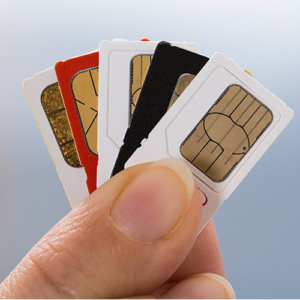Key Functions of a SIM:
-
Identity Authentication:
- The SIM ensures the network can identify the user and provide the appropriate service (voice, text, data) by linking the phone to the subscriber’s account.
-
Storage for Contacts and Texts:
- The SIM stores basic information like phone contacts and text messages (depending on the phone and SIM type).
-
Connection to Mobile Network:
- It allows the phone to connect to a specific mobile carrier’s network for making calls, sending messages, and using mobile data.
Types of SIM:
-
Standard SIM:
- The original size of the SIM, used in older phones. Larger than the other SIM types.
-
Micro SIM:
- A smaller version of the standard SIM, used in many smartphones from a few years ago.
-
Nano SIM:
- The smallest SIM card format, used in most modern smartphones, including the iPhone 16.
-
eSIM (Embedded SIM):
- A digital SIM that is built directly into the phone, eliminating the need for a physical SIM card. It is used for activating cellular service without needing a physical card.
-
Dual SIM:
- A phone can support two SIM cards, allowing users to have two different phone numbers or carriers on the same device.
How SIM Works:
- When you insert a SIM card into a phone, it establishes a connection with the mobile carrier’s network. The carrier’s system then authenticates your identity and grants access to the services you’ve subscribed to, such as calls, texting, and mobile data.











Reviews
There are no reviews yet.